Etsy Halloween 2025 Trends: What’s Selling + High-Converting Keywords to Use
Reading Time: 11 minutesHalloween 2025: The Creative Seller’s Goldmine In the age of viral décor…
The e-commerce industry is constantly evolving, and multichannel selling is becoming increasingly important for online businesses. With the proliferation of digital channels, businesses can now easily reach out to a wider audience base that is spread across multiple devices and locations.
If you are a WooCommerce store owner, you should consider selling via multiple marketplaces instead of just relying on a single platform with the help of various WooCommerce Marketplace integrations.
However, to streamline multiple sales channels via your WooCommerce store, there are numerous tools and extensions available for your assistance.
But, before jumping into the tools and extensions part, you must understand in detail the key benefits that your online business can extract out of a well-planned multichannel selling strategy using WooCommerce.
Reaching out to customers via more than one sales channel is termed as multichannel selling. These multiple channels can include any of your retail websites, online marketplaces, or any social media platforms, etc.
Multichannel selling is one of the popular strategies that businesses are leveraging to grow their sales and reach out to more customers. Moreover, the approach is not just limited to boosting up sales and number of customers but it also assists in creating a unique brand presence and a sense of trust.
Online sellers across the globe are harnessing the power of selling via multiple channels. If you are a WooCommerce store owner, you should consider selling via multiple marketplaces instead of just relying on a single platform with the help of various WooCommerce Marketplace Integration. Here are some latest stats that will help you understand the possible drastic improvements in your business after adopting this strategy-
In today’s competitive business landscape, the ability to effectively sell products is one of the major contributors to your digital success. With the emergence of digital channels, online sellers need to stay up–to-date with the latest trends and strategies.
Multichannel and omnichannel are such two popular strategies in the digital selling space. Here are some key differences that will help you in choosing the right one for your business.
It is no secret that online shopping has become a major part of the retail industry. So to harness this growing opportunity, businesses are shifting towards multiple channels to sell their products online. However when it comes to selling via multiple channels the number of challenges also rise up substantially.
To cater to all these challenges WooCommerce is one such open-source platform with a comprehensive suite of tools. Here is a glimpse of some of the functionalities that WooCommerce as a platform can help online sellers-
Business automation is a major factor when it comes to retail success. Involvement of automation processes via software or plugins not only saves time but also increases the overall efficiency. Especially when you’re selling on multiple channels you must focus on reducing manual efforts and errors.
In the case of WooCommerce, there are several plugins that help in synchronizing all your sales channels data onto your WooCommerce dashboard. The synchronized data includes your product feeds, orders, inventories and much more.
To check out some of our elite WooCommerce marketplace extensions- click here
Small and medium scale enterprises are always eager to grow their businesses and build a high-rated brand. Considering the fact that consumers trust marketplaces over your own online store, it’s no doubt that you should start marketplace selling as early as possible.
Here are some of the long-term benefits that marketplaces can bring in for your online selling business.
It is the best time for you to explore & expand new opportunities of e-commerce with multichannel selling. Furthermore, you get to publish your WooCommerce products to various marketplaces like Amazon, Walmart, eBay, Etsy, and many more – quickly & easily.
In addition, features like product optimization, streamlined catalog listing with marketplace guidelines, inventory & order synchronization are only a few to start with. Connect with our marketplace experts today to get your hands on these high-performing marketplaces extensions.
Hit the link & get in touch with us on – Skype, WhatsApp or simply drop us an email.

Reading Time: 11 minutesHalloween 2025: The Creative Seller’s Goldmine In the age of viral décor…
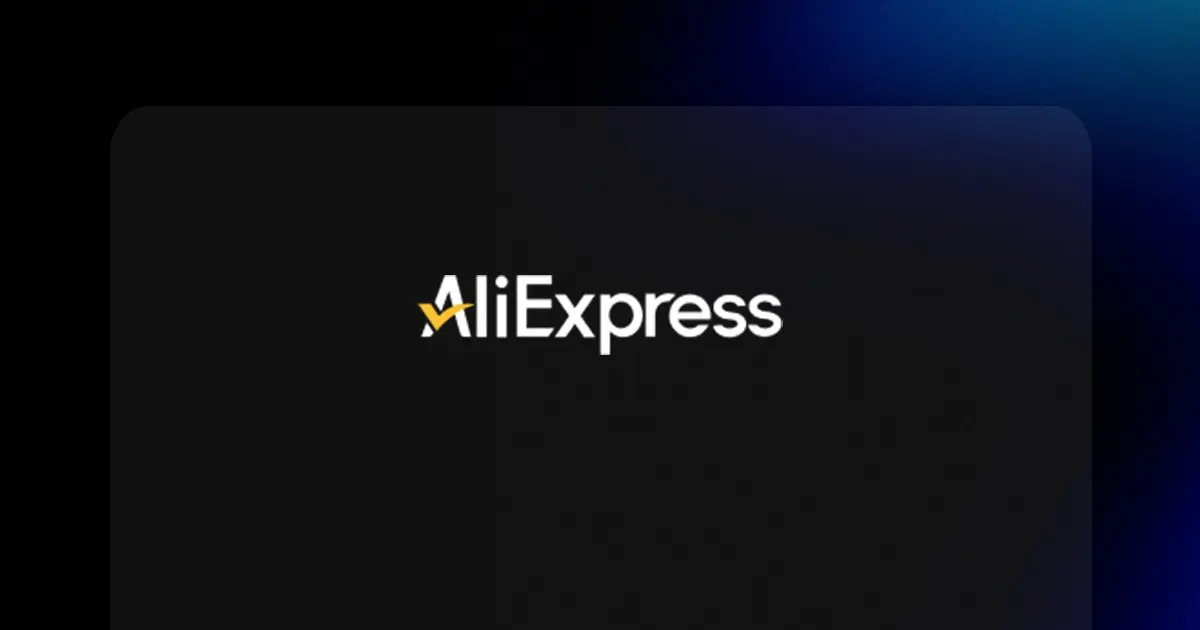
Reading Time: 2 minutesOverview AliExpress has launched a new global scheme — the Best Price…

Reading Time: 3 minutesEtsy, Inc. (“Etsy”) today announced two major developments: the appointment of Kruti…
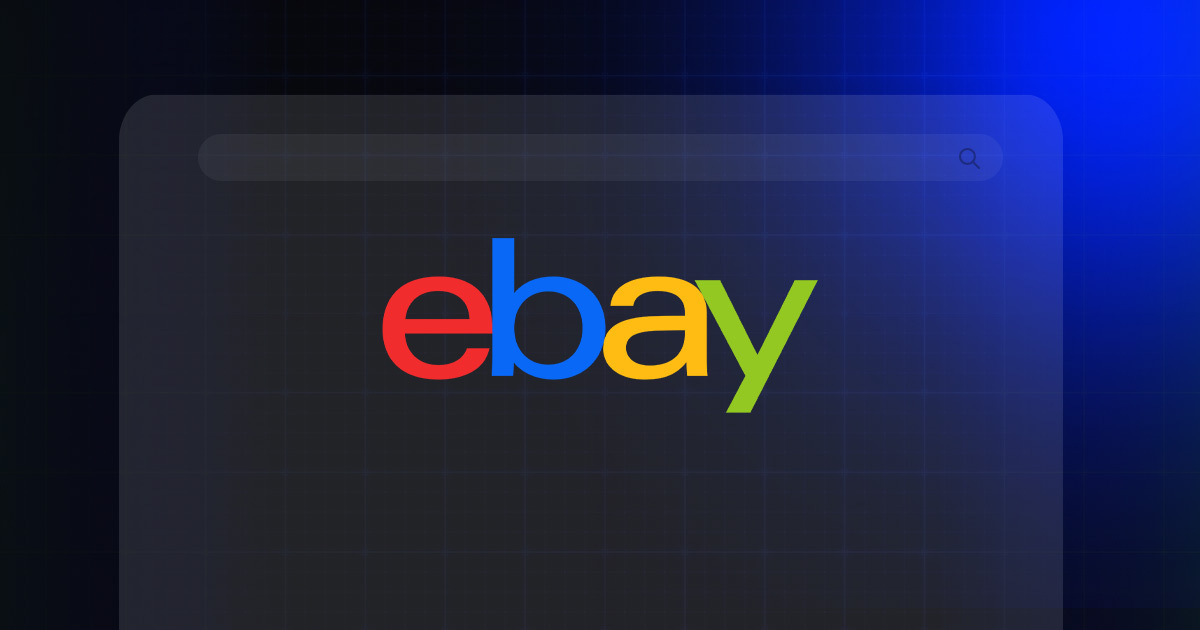
Reading Time: 2 minuteseBay posted a strong performance in Q3 2025, with revenue and gross…
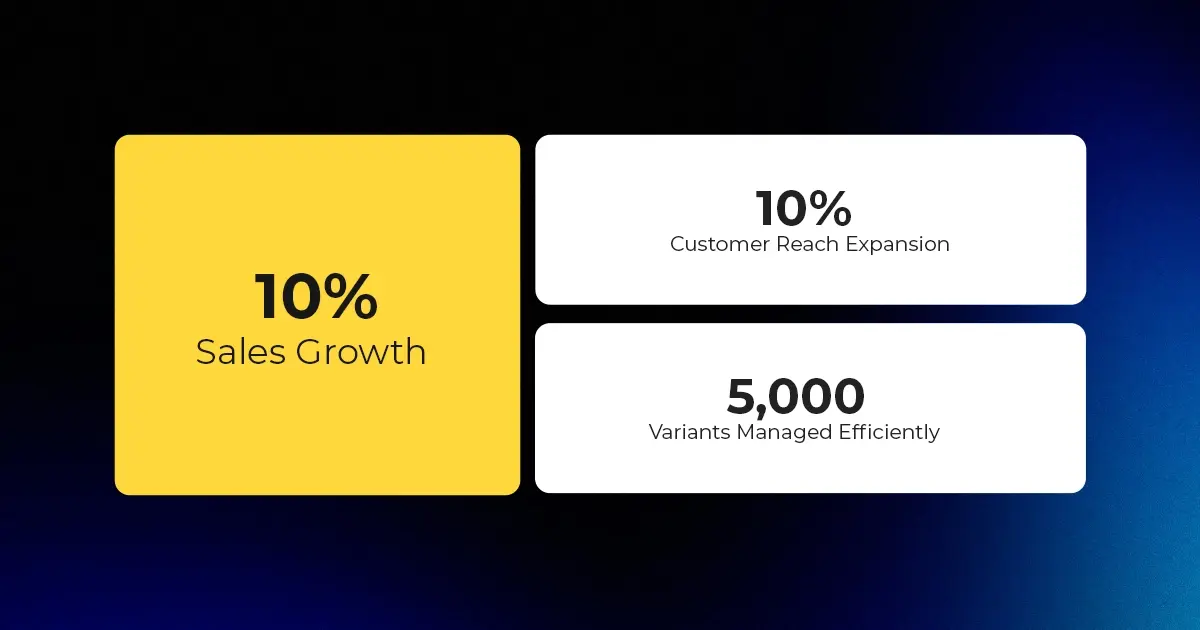
Reading Time: 3 minutesAbout the Client Esty Store: Infinite Spiral, LLC Overview: Infinite Spiral, LLC,…
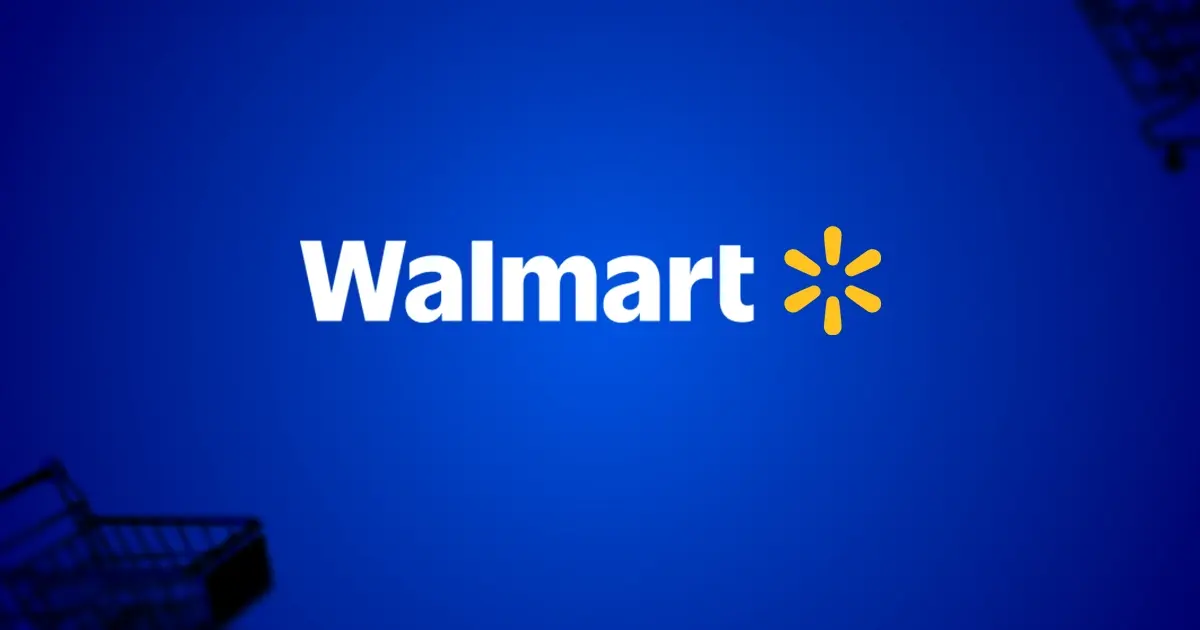
Reading Time: 3 minutesWalmart has announced a landmark partnership with OpenAI that could reshape the…

Reading Time: 5 minutesAfter years of tension over the ownership and control of TikTok, the…

Reading Time: 3 minutesWalmart’s new collaboration with OpenAI signals more than a tech upgrade —…

Reading Time: 7 minutesI. INTRODUCTION: THE PRICE PRECISION IMPERATIVE In Amazon’s high-velocity marketplace, even a…
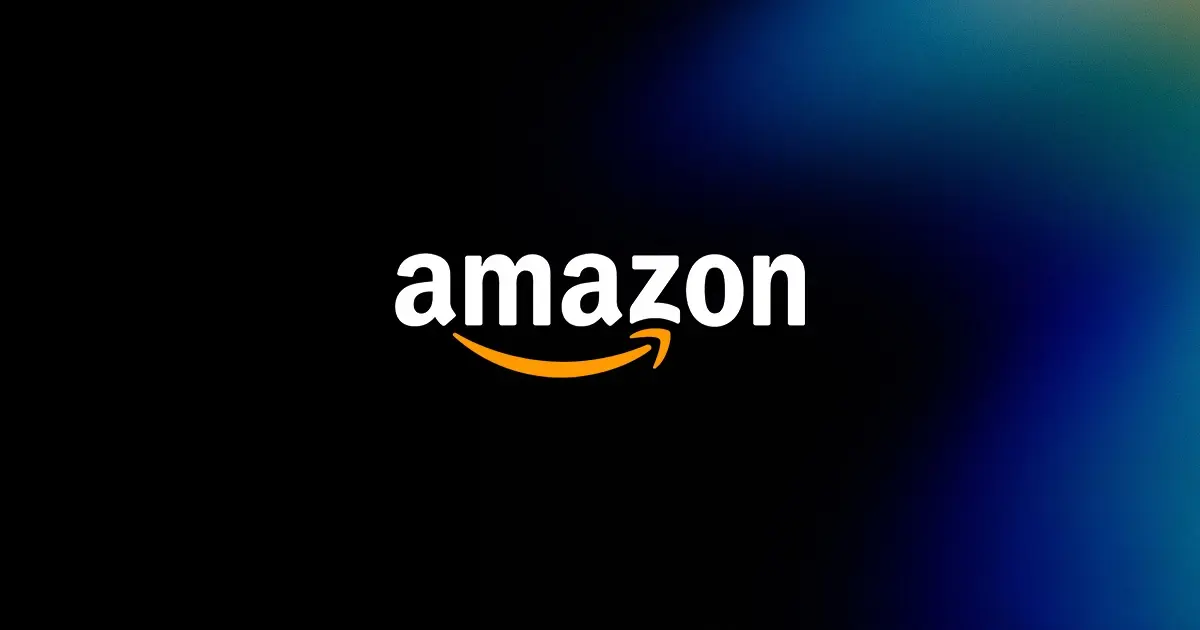
Reading Time: 3 minutesAmazon recently announced a significant change for sellers advertising in Washington state:…
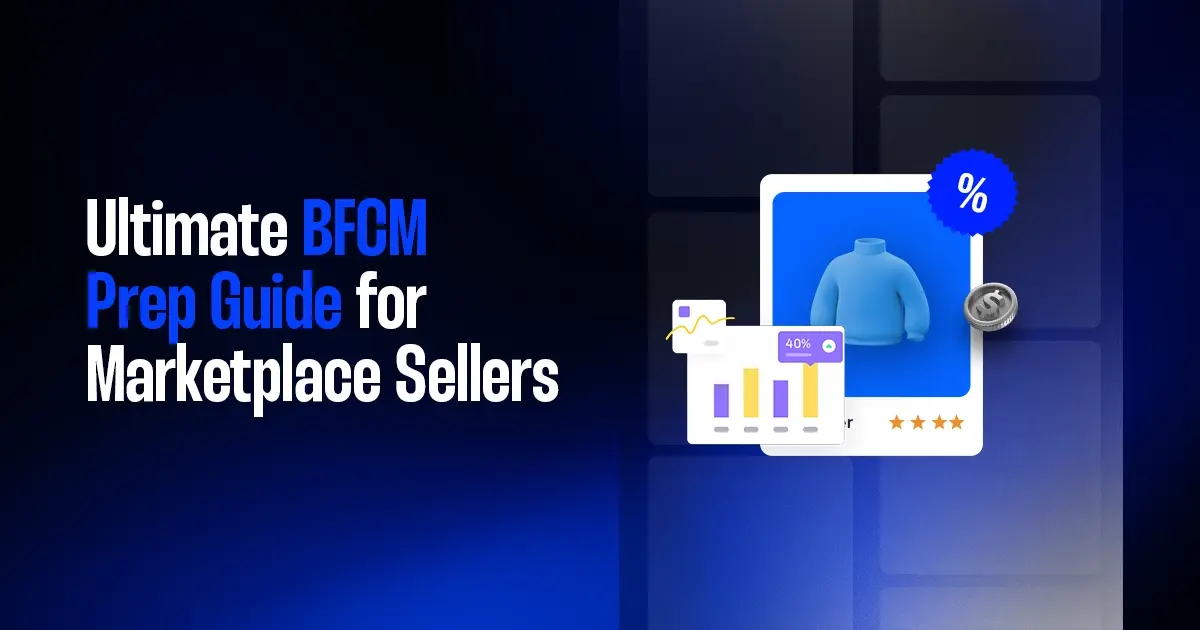
Reading Time: 14 minutesBlack Friday–Cyber Monday used to be a weekend. Now it’s a pressure…
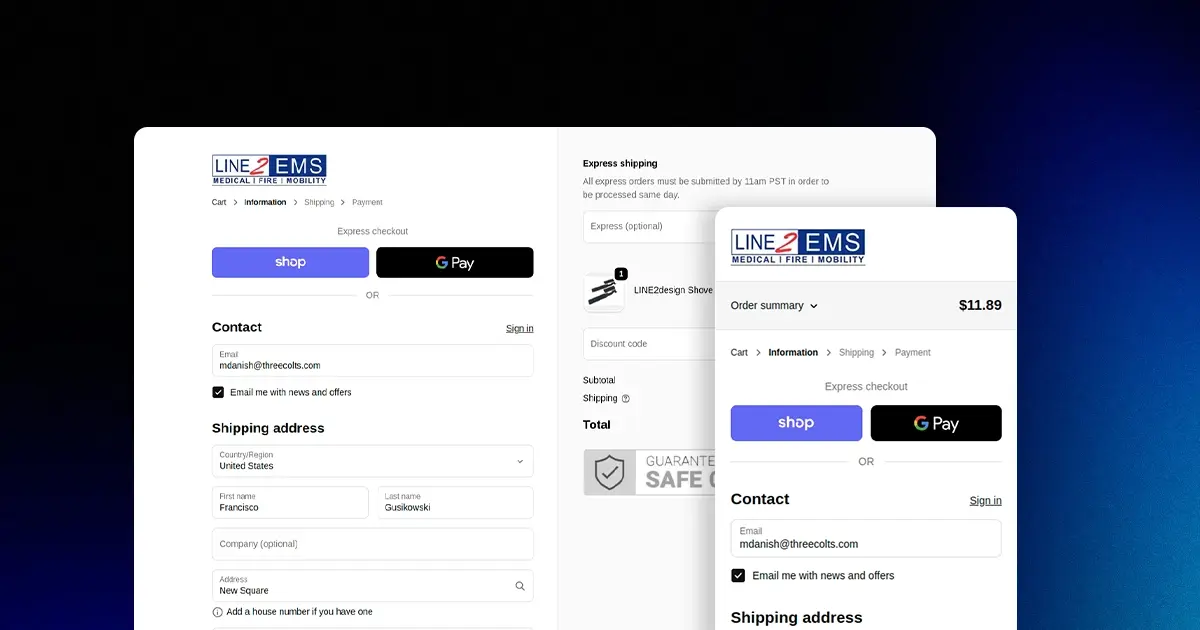
Reading Time: 2 minutesKey Updates Shopify is deprecating the “Sell from all locations to all…

Reading Time: 2 minutesWhat’s New Amazon has published a Data Processing Addendum (DPA) for Multi-Channel…

Reading Time: 2 minutesKey Highlights AI-driven traffic to U.S. retail sites will increase by 520%…
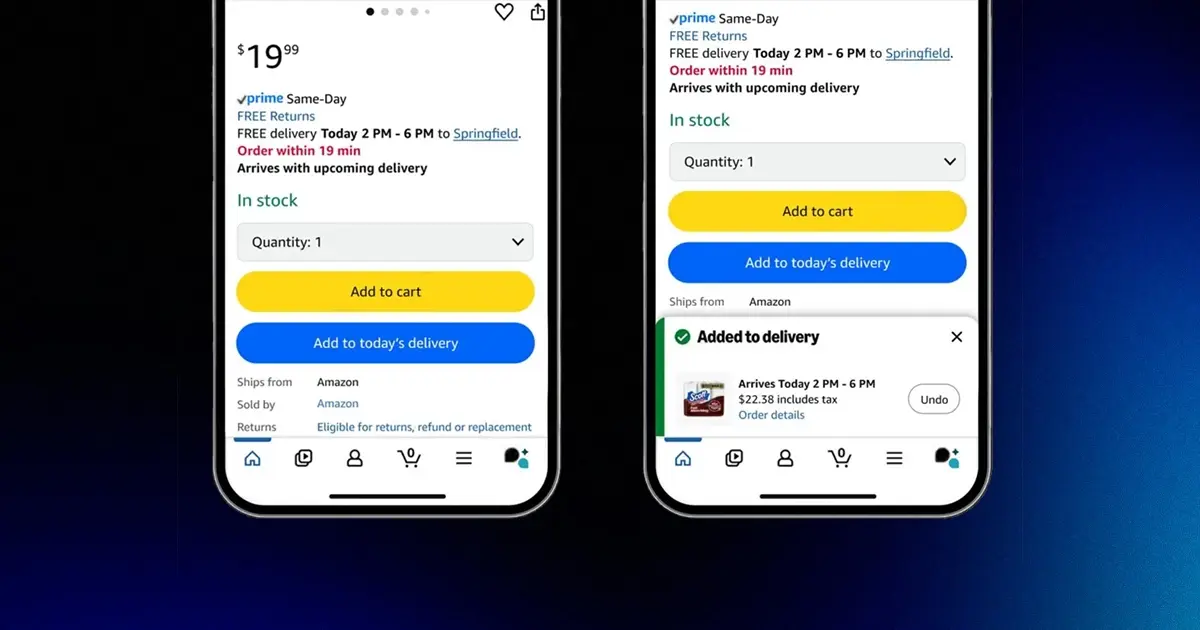
Reading Time: 3 minutesDid you know, a new one-tap ordering feature from Amazon is set…

Reading Time: 2 minutesWalmart has overtaken eBay to become the No. 2 U.S. retail eCommerce…
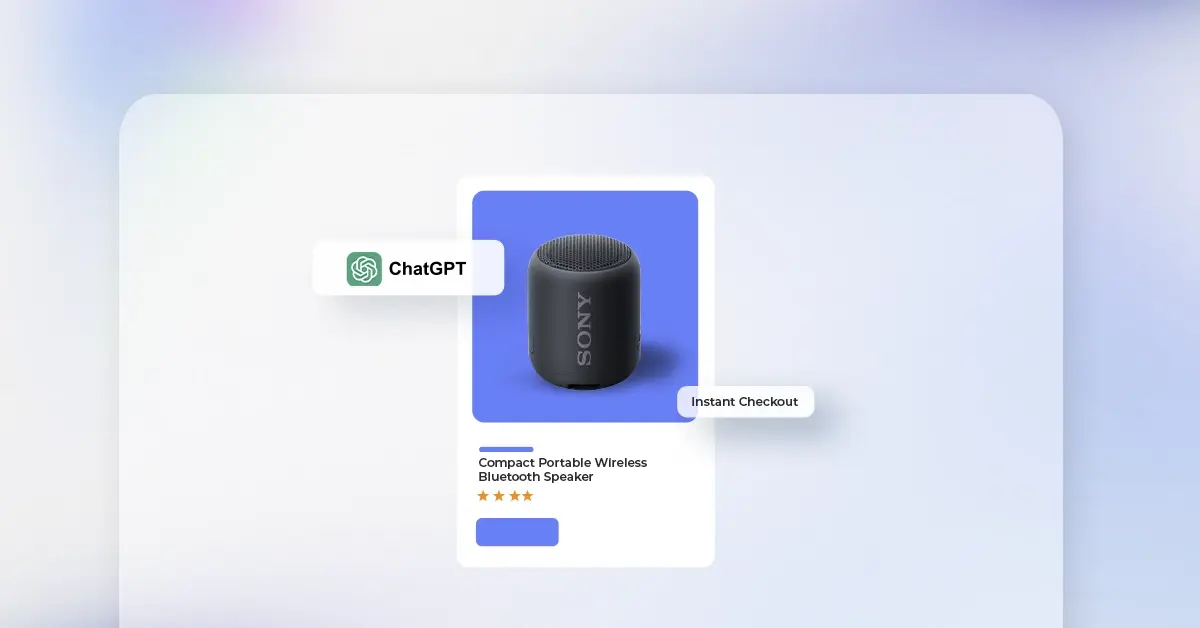
Reading Time: 2 minutesA new step in AI-driven commerce offers merchants direct access to hundreds…

Reading Time: 2 minutesAmazon has officially launched Amazon Haul in Spain, a budget-focused storefront designed…

Reading Time: 2 minutesOpenAI is bringing ecommerce transactions directly into ChatGPT with the debut of…

Reading Time: 2 minutesAmazon has introduced a new FBA multi-unit discount for Amazon Business orders,…